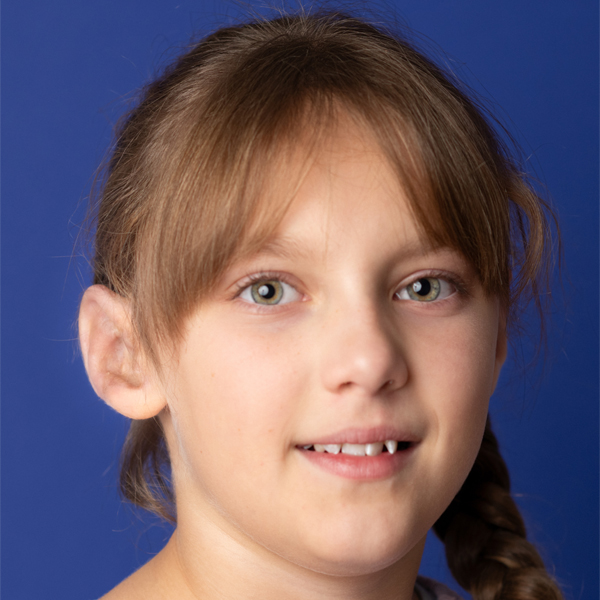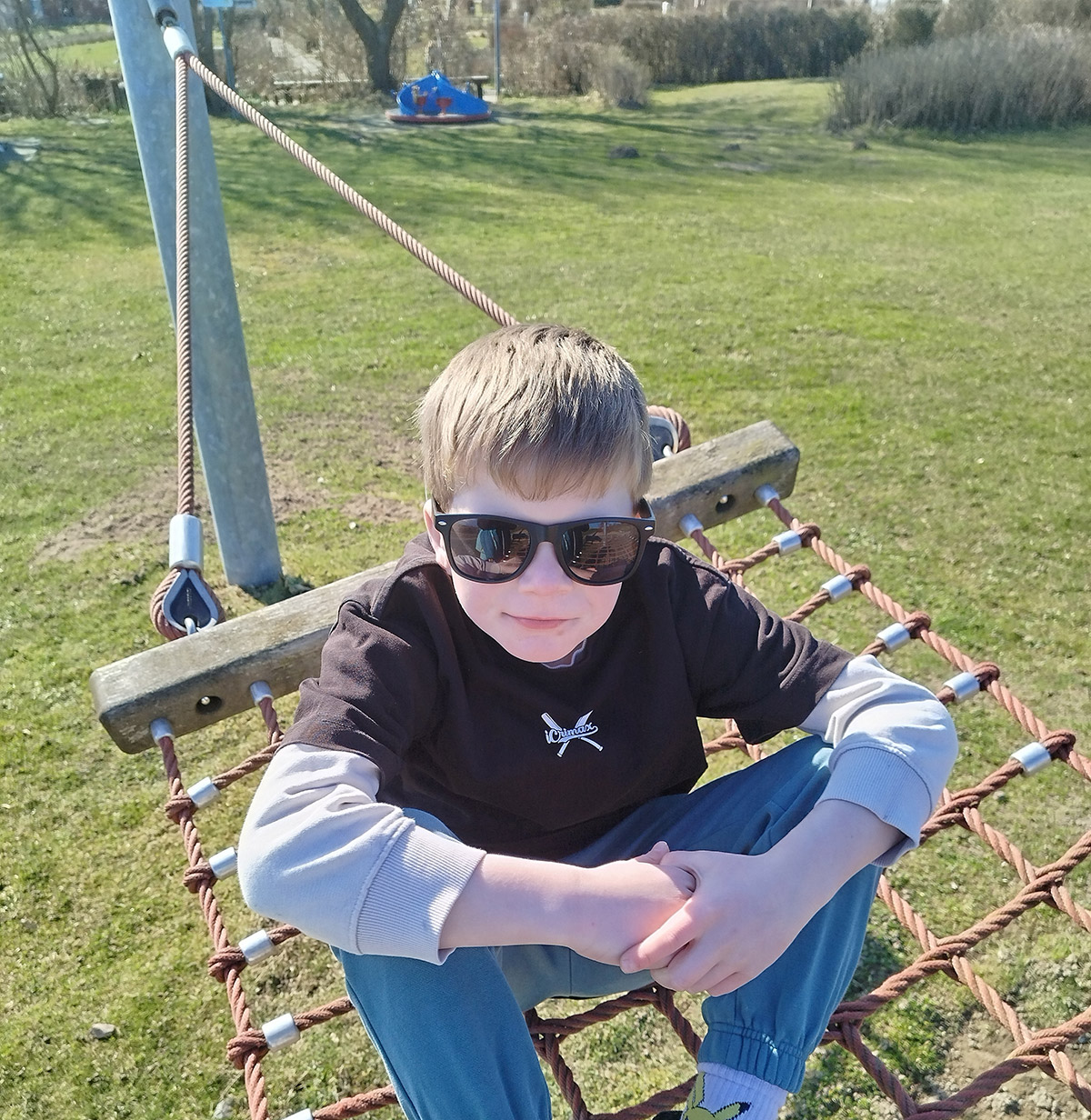Welcome
Our ears don’t simply allow us to hear. Our ears don’t simply allow us to hear. Therefore malformations and defects of the external and middle ear are often immediately visible. In addition, the sense of hearing can be severely impaired. Fortunately such malformations are very rare. That is the reason why ear reconstruction and restoring the sense of hearing are extremely challenging. On this website you can learn about the different methods of treatment available and about me and my work.
Microtia and Atresia
Visible ear malformations are categorised as “Microtia”. Malformations can affect parts of the ear or the whole external ear. The term “Atresia” describes malformations of the ear canal and the middle ear. The ear canal can be narrower than it should be or completed closed. As a result, sounds, speech and music are unable to reach the inner ear and hearing is impaired.
Hearing Rehabilitation
Children with impaired hearing need early intervention to restore it. From birth, so-called bone conduction hearing aids, which are attached or glued to a headband, are worn as a temporary solution. From the 2nd to 4th year of life, definitive hearing rehabilitation is possible. A variety of technical hearing aids are available for this purpose, for example active bone conduction implants and active middle ear implants. “Active” means that the implant is powered by battery, for example. Reconstruction of the auditory canal is also possible in certain cases.
Ear Reconstruction
There are three different methods for a plastic reconstruction of the external ear: First and foremost is the reconstruction of the auricle with an individual 3D polyethylene implant. Secondly, reconstruction using the body’s own rib cartilage or artificial auricles, so-called epitheses, made of silicone are also available.





